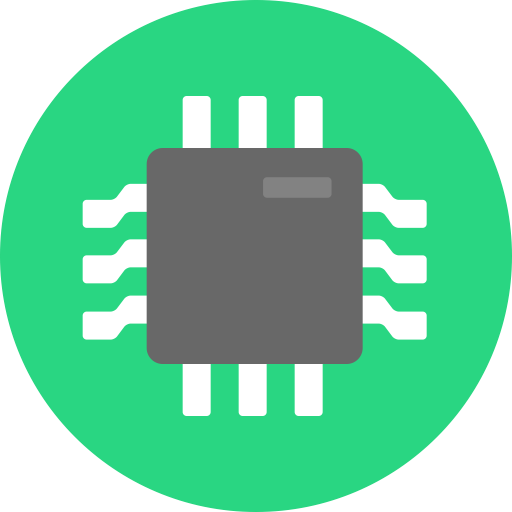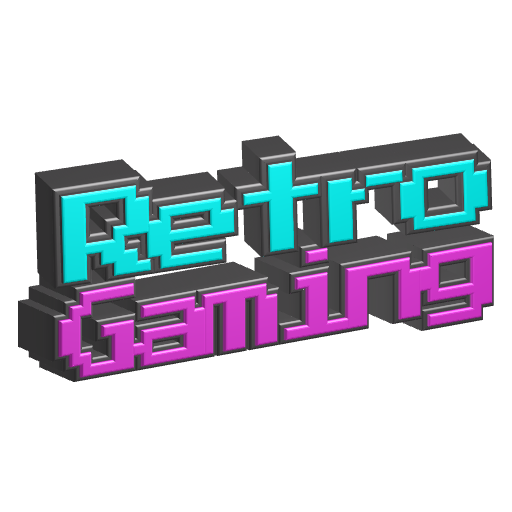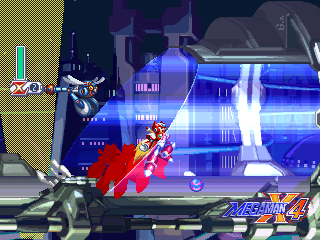

So to answer your last question, yes. Video editing is probably one of the most demanding things you can do with a drive, and will shorten the lifespan of the device. But this is true for literally any kind of drive, and any operation you do with a drive. Hard drives may not have a write cycle limitation like ssds, but they have moving parts that wear with use. So theres not really anything you can do to avoid the issue. To video edit period, you’re going to put wear on your drive.
Also to give some context, average SSDs have about 100,000 write cycles per cell, before write failure can have a chance of happening. Since it distributes it out across the cells, you could write 1GB to a 1TB SSD about 100 million times. This isn’t a small number really, it’ll take a while to do that. I’ve been editing here and there on my ssd for 5+ years on top of full time video game development and it still works fine, with no signs of stopping. I read some guy online who edited video nearly every day for three years, and the ssd software still said he had about 10% of the ssd life remaining before write failures. So depending in your work flow your drive could last 4 to 10+ years.
The only real differences here are cost and speed. Do you want to wait around for a slow hdd while you’re editing, or do you want to edit quickly and enjoy the process? I personally would always edit on an SSD because you’re not solving the problem by using something else. Like yea, maybe a hard drive would last twice as long as an ssd, but it’s also twice as slow, so you’re just stretching those, say, 5 years of man-hours into 10. You’re not actually getting more work done on that drive.




I thought most drives were still TLC and QLC is still pretty new, right?
But yes, QLC has more like 1000 write cycles, but either way, like 5-10%ish of TLC/QLC drives are SLC cache, meaning you’d get fast write speeds and 100,000 cycles on that part of the drive, but yes they wouldnt last as long as a pure SLC. From what I understand though, a lot of these drives will copy under used files from the SLC cache to the QLC cache since read speeds are basically the same, in order to optimize the percentage of actively used files in the SLC cache.